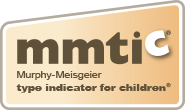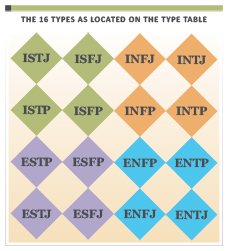Observe the Functions: Type Tip #4
You may be able to observe your child express some of each of the four functions of Sensing, Intuition, Thinking, and Feeling, especially between the ages of 5-12. Part of discovering who they are is identifying who they are not. Only by doing activities and encouraging the processing associated with the various functions will a child be able to say Yeah! or Nay! to a preference. As adults we need to provide an environment with opportunities for all four functions to be valued.



_thumb.png)













